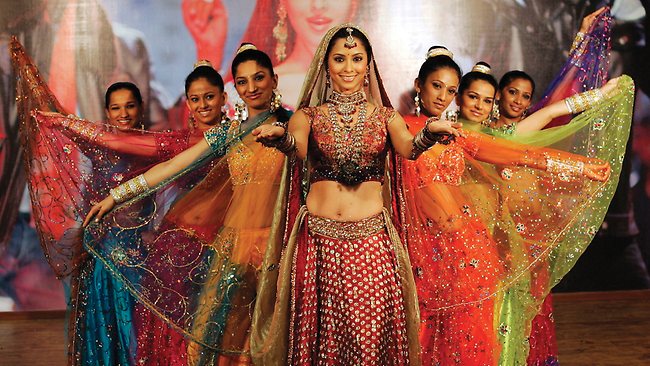
India's national cinema industry has another name: Bollywood. The name is obviously a play on the word Hollywood. The “B" comes from the Indian city of Bombay, which is now called Mumbai. In addition to Bollywood, India's national move industry is also often referred to as Hindi cinema.
Bollywood refers specifically to those films that feature the Hindi language. Although some people use the term to refer to Indian cinema in general, there are actually many other locations in India with large film production centers that focus on other languages and subcultures.
The name Bollywood became popular in the 1970s.
Today, people don't think of Bollywood as a place as much as it is a style of film. When people hear the name Bollywood, they think of lavish movies filmed in exotic locations starring beautiful people who execute flawless musical numbers.
Comentarios
Publicar un comentario